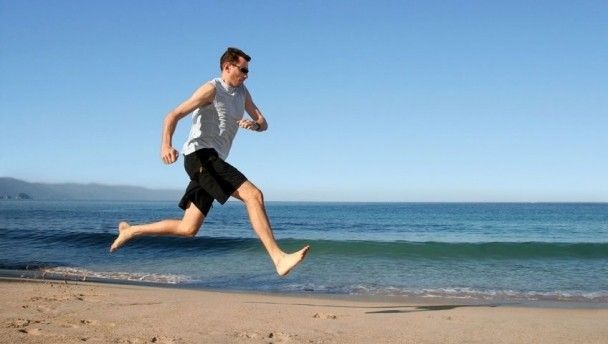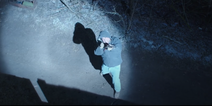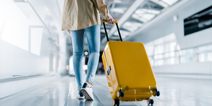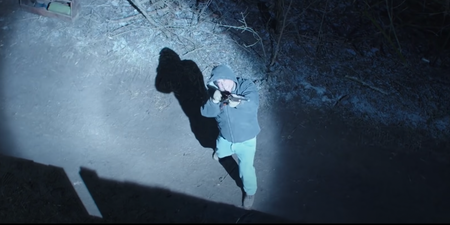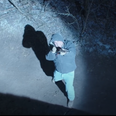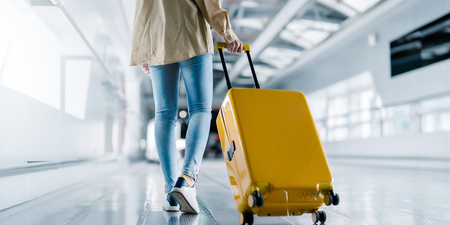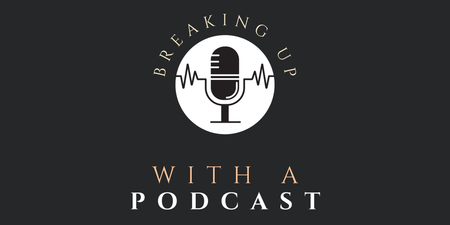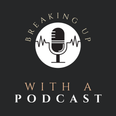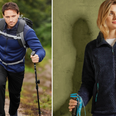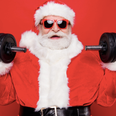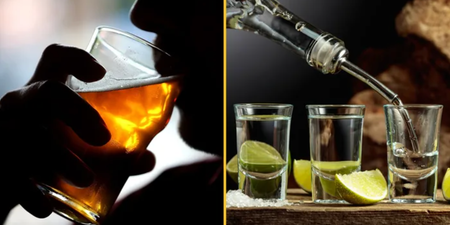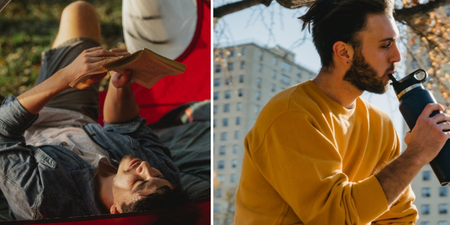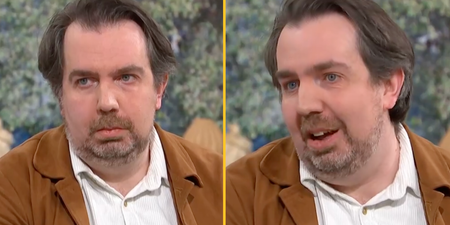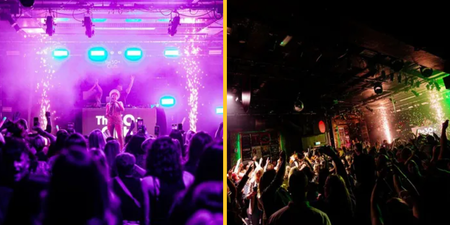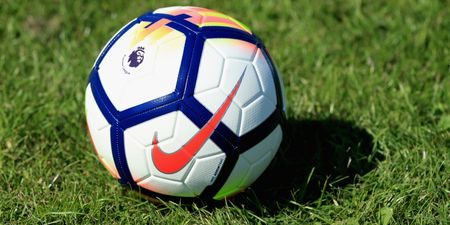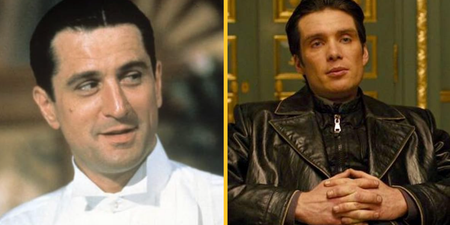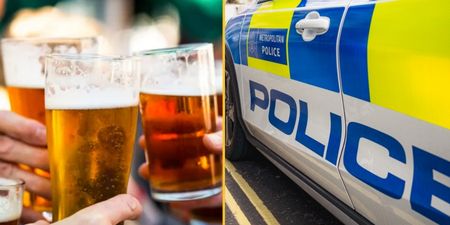
This week, Johnny talks about the benefits of barefoot running and how ultra-comfortable, modern running shoes harm your body and your running technique.
First of all, I should say that when I say I’m going to talk about barefoot running, I’m not necessarily talking about running in your bare feet, but as close to possible to your bare feet so that your feet won’t be destroyed in cuts and abrasions. Barefoot running is the most natural way for human beings to run and how we have done so for generations.
What changed in that regard was the emergence of running shoes in the 1970s when jogging became popular and the big companies wanted to create a more comfortable shoe by adding more cushion and padding to make it easier on a runner. What happened instead, however, was that the wearing of these shoes created an alternative running pattern where the heel of the foot, rather than the middle of the foot, hit the ground first, which is not ideal by any means.
Wearing running shoes is like wearing a cast on your feet, your feet weaken and it affects your natural stability.
When you are running, the middle of your foot should be hitting the ground first; when your heel strikes the ground first, shockwaves run through your bones and your joints and cause damage. Eighty to ninety per cent of runners wearing modern, cushioned shoes run like that, whereas it won’t happen if you land on the middle of your foot.
There is plenty of evidence to suggest that running this way promotes bad mechanics and eventually causes shin splints or knee pain or inflammation around the joints. It causes a change in your running pattern, you may have to lengthen one muscle or shorten another and before you know it you have a completely different running pattern and you are compensating to run effectively.
The problem with the running shoe
Modern padded running shoes are very comfortable and they feel good, but they make a horrendous mess of your bio-mechanics, it’s just a fact. You weren’t born to run like that.
If you are wearing these shoes, you won’t be getting any feedback of any kind from your foot. When you go barefoot, you get the best response possible from your feet, because you can’t over-train and you can’t over-stride because if you do anything wrong, your foot will tell you. Wearing running shoes is like wearing a cast on your feet, your feet weaken and it affects your natural stability, or to borrow an often-used quote, “Shoes are like morphine: a sedative that deadens the pain”.
Daniel Lieberman, a professor of evolutionary biology at Harvard University and a lead author on the study of barefoot running, theorised that: “People who don’t wear shoes when they run have an astonishingly different strike.
“By landing on the middle or front of the foot, barefoot runners have almost no impact collision, much less than most shod runners generate when they heel-strike.
“Most people today think barefoot running is dangerous and hurts, but actually you can run barefoot on the world’s hardest surfaces without the slightest discomfort and pain. All you need is a few calluses to avoid roughing up the skin of the foot. Further, it might be less injurious than the way some people run in shoes.”
There’s also a great book on the subject, Born to Run: A Hidden Tribe, Super Athletes and the Greatest Race the World Has Never seen, by Christopher McDougall, which is a New York Times Bestseller. In the book, McDougall talks about members of the Mexican Tarahumara tribe, who are some of the world’s greatest distance runners. They can go for 100 miles without resting and can run with effectively a piece of leather under their feet with a bit of lace on it to hold it in place.
The Tarahumara tribe have been studied and it turns out they can run for so long so efficiently by landing on the middle of their foot. Using that method, there is less impact on the foot and therefore they use less energy. When you’re in your bare feet, you won’t land on your heel because it’s far more painful.
Gradual progression
I’ve tried it myself and the important thing to remember is that you just don’t go out barefoot straight away; you can’t just change from one thing to another. I’ve included a quote from Keith Fox, who is our physio at Connacht, to illustrate both the benefits of barefoot running and also the dangers that come with making the transition from running shoe to barefoot running too quickly.
He says: “The foot is an exceptional piece of equipment. The kinematics of the foot offers both mobility and stability. Barefoot running allows us to utilise the natural architecture of the foot, rather than conforming to a running shoe. However, the transition from running shoe to barefoot running should be monitored closely, as dramatic change can be detrimental to the foot and rest of the kinetic chain.”
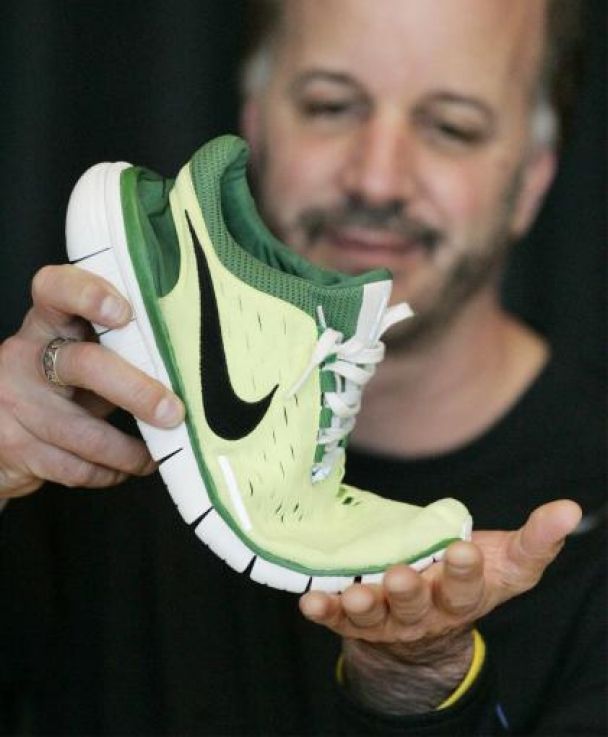
The Nike Free running shoe is a good starting point for barefoot running
To start off, maybe go out and run in the soft grass and gradually build yourself up that way. Obviously, running in your bare feet is not practical in some cases, but there are shoes you can wear that closely resemble your bare feet. There is certainly a revolution happening at the moment; you can see that the big companies are beginning to manufacture more minimal runners rather than those that are heavily cushioned.
Nike is a good example with the Nike Frees, I have three pairs of them myself and they’re a good starting point. Another brand, Vibrams, are almost like wearing a thick pair of socks that don’t allow for cuts and abrasions on your feet and are the closest thing to running in your bare feet that I have come across. When you start off you won’t have the calluses and thickness at the bottom of your feet that you need, but that will come slowly with time.
I firmly believe, even though I’m possibly not qualified to talk about it, that in the next 20 or 30 years, more minimal footwear will become the norm – look at basketball runners for example, they used to be big, massive boots but they’re becoming more minimal all the time. It’s great to have your own stability and to be receiving your own feedback from your feet rather than having a shoe doing it for you.
If you want comfortable shoes just to walk around in, the cushioned, padded ones are fine, but I wouldn’t advise running in them. When they first came out, it wasn’t as a result of bad intentions by the manufacturers or anything, they were just trying to create a comfortable running shoe but didn’t realise the consequences that would come with it.
Minimal footwear the way of the future
The more minimal type of shoes are already very popular in the States and I can see them becoming big in Ireland as well. There are plenty of options, I mentioned the Nike Frees already, there is also a brand called Terra Planna that are quite good as well. I think for anyone starting off with barefoot running, the Nike Frees are quite good and they are even advertising them quite heavily in Ireland at the moment. Don’t worry, there’s no shameless plugging going on or anything, I’m not receiving any free Nike runners or anything like that, but having worn them I can testify to their effectiveness.
If barefoot running sounds like it’s for you, I would advise you to get started as soon as you can and I promise you won’t look back.
Barefoot running isn’t for everyone, if you’re overweight and try and rush into it straight away you’ll probably run into problems because you have to be fit to run in the first place. If you’ve a few extra stone on, you’re more than likely going to run into problems with your joints, like your knees and your hips down the line.
Having restricted movement patterns and a lack of stability and mobility will lead to injury around the corner. Once you compensate to move in any way, you are creating stress on the body. It’s gradual, but you will be on the way to a great relationship with your physio because you will be spending a lot of time with him or her in the long run. .
I’ve mentioned these programmes a few times in the column, but you look at programmes like the Biggest Loser or Operation Transformation and they go head first into running and end up buckling all over the place.
Personal experience
I really enjoy barefoot running and would thoroughly recommend it. I’ve had a lot of problems trying to correct my own body mechanics and trying to correct my running style and I started to look at the reasons for that and what areas I needed to address. For example, I needed to correct the mobility in my ankles, because if there was a problem there, there would be problems in my knees and hips as well.
I’ve found that it’s helped me immensely. I would do a lot of my warm-ups in the gym, for example, in my bare feet. It hasn’t caught on massively in the Connacht squad, but there are three or four of us that practise it out of about 30. Personally though, I would swear by it. People say that all you need to run is a good pair of shoes and that is correct, but not necessarily the ones you would think. If it sounds like it’s for you, I would advise you to get started as soon as you can and I promise you won’t look back.
Johnny O’Connor plays professional rugby with Connacht. He has previously played for London Wasps and has made 12 appearances for Ireland. He is also a certified strength and conditioning coach.
Keith Fox, the physio mentioned in the article, is the physio for the Connacht rugby team and has his own practise, Action Physio, based in Athlone. You can visit his website here.
LISTEN: You Must Be Jokin’ with Aideen McQueen – Faith healers, Coolock craic and Gigging as Gaeilge
